The Manx Cat is one of the oldest known breeds and is widely recognised for being entirely tailless.
Although many Manx cats do lack a tail (referred to as rumpies) that’s not the case with all of them; you can also get Manx cats that have a small rise of bone just where the tail would start (rumpy risers), ones with a stumpy tail (stumpies) and ones with a tail that’s only slightly shorter than a typical cat tail (longies).
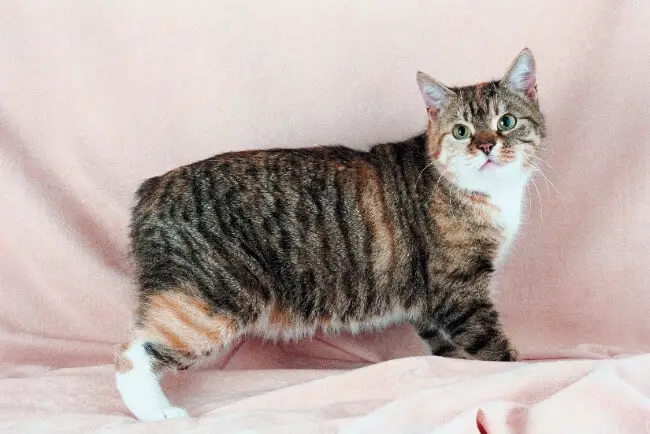
Manx originate from the Isle of Man and are excellent hunters, playful characters and affectionate companions.
Contents
Why We Love Manx Cats
These active personalities are intelligent, social and tame meaning they make great service animals!
Manx cats are very interactive and enjoy playing so you can expect to see your Manx running around with a toy in their mouth or waiting to play a game of fetch with you.
Manx love human company and will be affectionate towards their family. They also seem to have a sense of humour, making up fun games and playing hide and seek style attack games. These smart kitties are dexterous and can even open doors and get into cabinets using their paws.
Being Tailless Doesn’t Stop Them!
You may think that lacking a tail will influence a Manx’s balance and coordination but it doesn’t seem to slow them down at all.
They enjoy jumping and climbing and have no problem darting around the room at speed, jumping up onto shelves and cabinets etc.
Keep Them Healthy
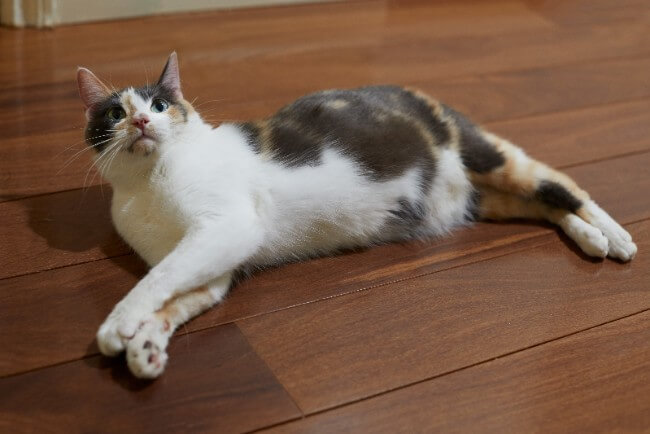
Manx can live for 10-14 years, one of the best ways to keep your Manx healthy is by ensuring they are an appropriate weight.
Be warned, Manx have very hearty appetites and while enjoying their food is a great trait, it is important to make sure you don’t overfeed them – instead carefully control their food intake to avoid them becoming overweight and unhealthy.
Manx Cat Appearance
The Manx is compact and rounded with a short back, broad chest and round head. Although their legs are small they are very powerful and the front legs are slightly shorter than the back.
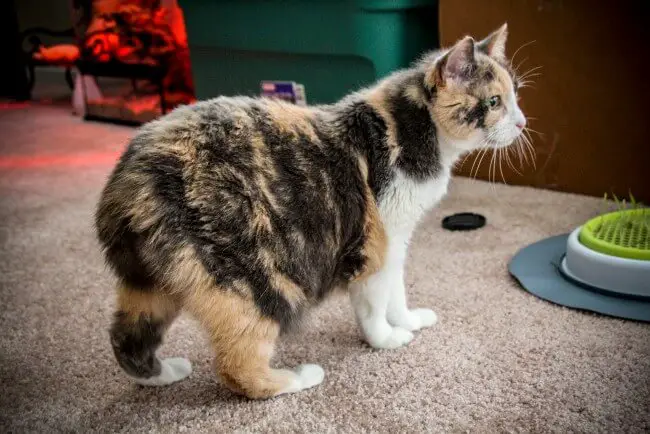
Their dense double coat is plush and glossy and can come in two different lengths: longhair or shorthair.
Manx cats can also come in a range of colours and patterns including tortoiseshell, tabby and calico. In fact, Manx come in almost all colours aside from chocolate, lavender and the Siamese pointed pattern.
Showcat Appearance
Manx that are being shown must be completely tailless with no stump at all or only a slight rise of bone where the tail would start meaning the rump is completely rounded. Although breeding or pet cats can have stumps of varying lengths.
Manx cats were one of the original show cats within cat shows in the U.K. In 1903, the first known breed standard was published and in 1908, the Cat Fancier’s Association was founded with the Manx being one of the first members.
How Did Manx Cats Lose Their Tails?
There are many folktales relating to the Manx cat and how they came to be without a tail.
One story is that the Manx was running late for the Ark and as Noah closed the door of the Ark the cat made it in but the door closed onto the cat’s tail, removing it entirely.
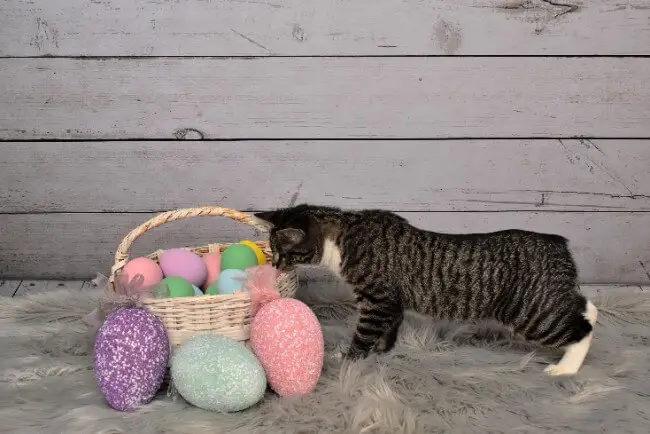
Another story is that the cat swam to the Isle of Man from a ship that sank off the coast.
Although these stories are very interesting, the more likely reason for the tailless Manx is a genetic mutation that has been enhanced by inbreeding within the small population on the Isle of Man.
Keeping Your Manx Cat Groomed
The Manx coat is easy to care for, it needs a brush a couple of times a week to remove any dead hair (check out some great cat brushes here).
Although more frequent brushing is recommended during shedding seasons (spring and autumn). Their ears will require the occasional clean too but only if they look dirty.
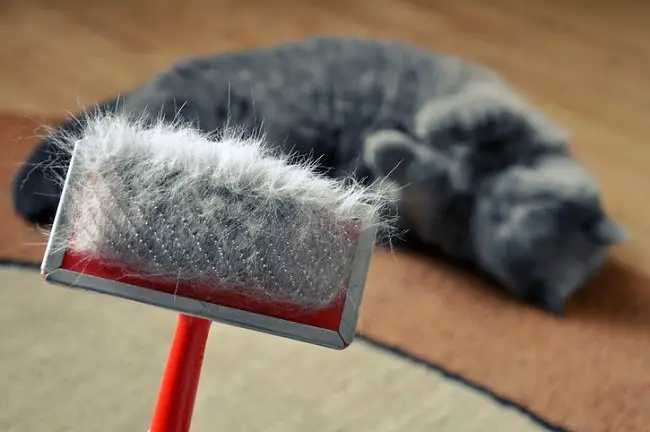
Aside from this, a Manx cat can generally keep their coat well maintained themselves and rarely need to be bathed.
Do They Suit Your Lifestyle?
Manx Cats are lively characters that love to interact and play. They get along well with people and enjoy spending time with their humans but thanks to their independence, they can handle being left alone during the day.
With this said, they thrive on human company so make sure you can give them plenty of attention and time when you are at home.
These kitties are adaptable and make excellent pets. They are perfect for a family environment providing they have been well socialized from a young age.
Manx love attention so as long as children know how to treat them and are quiet and gentle around your Manx then your cat will enjoy their occasional company.
If you have a quiet household, your Manx will settle in well. When you are ready to relax, they will cosy up in your lap or curl up on a nearby seat. They will make sure you have no mice in your home as they retain their fantastic hunting skills and rapid reactions.
The Manx is an interactive, medium-energy cat that is sweet and intelligent. Some even say Manx cats are dog-like in their playful personalities and ability to be trained.
Common Health Problems
There are a number of health problems it is important to be aware of if you are thinking about bringing a Manx into your family.
Manx cats can sometimes suffer from:
- Weak hind leg(s)
- Manx syndrome (appears by 4 months old, affects 20% of Manx and causes urinary tract problems, a short spine and digestion difficulties)
- Sensitive rump due to nerve ending where the tail should be
- Early-onset arthritis
Some spinal defects result in neurological signs, these problems can usually be identified by 6 months of age and affected kittens must be euthanized.

Be patient before taking your kitten home to ensure they don’t suffer from any of these problems. Watch the kitten walk and make sure they do not have any issues such as stiffness or hopping.
Most Manx breeders will keep the kittens until they are four months old because of the possibility of Manx syndrome, although often the signs of the syndrome will show up in the first few weeks of the kittens life.
Bringing a Manx Cat Home
If you think Manx cats sound like the perfect companion for you, the next step is to decide whether you want to buy a kitten through a reputable breeder or adopt a cat through a rescue organization.
Don’t rush the process and choose a kitten older than four months old so you can ensure they do not suffer from Manx syndrome.
As an Amazon Associate I may earn a small fee from qualifying purchases at no extra cost to you. This helps us run the site, so thanks for your support!


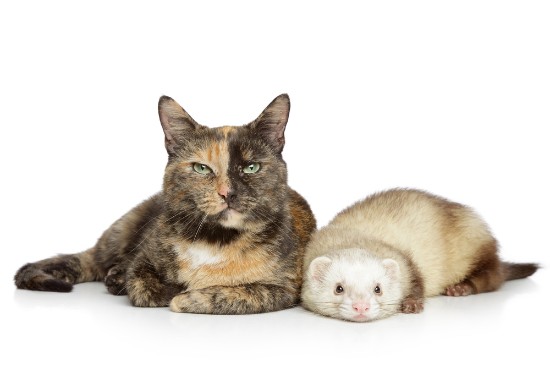
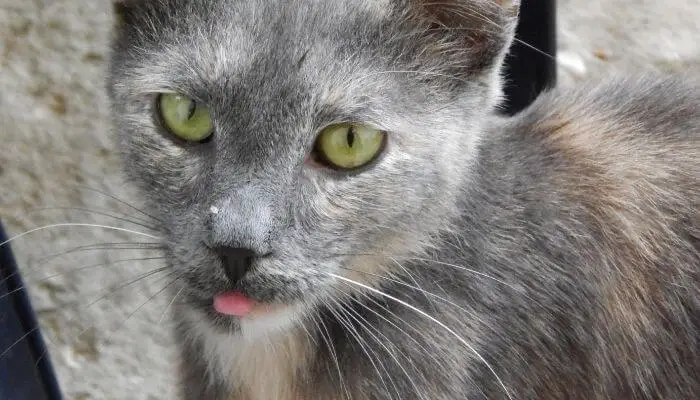

Leave a Comment